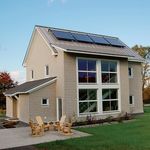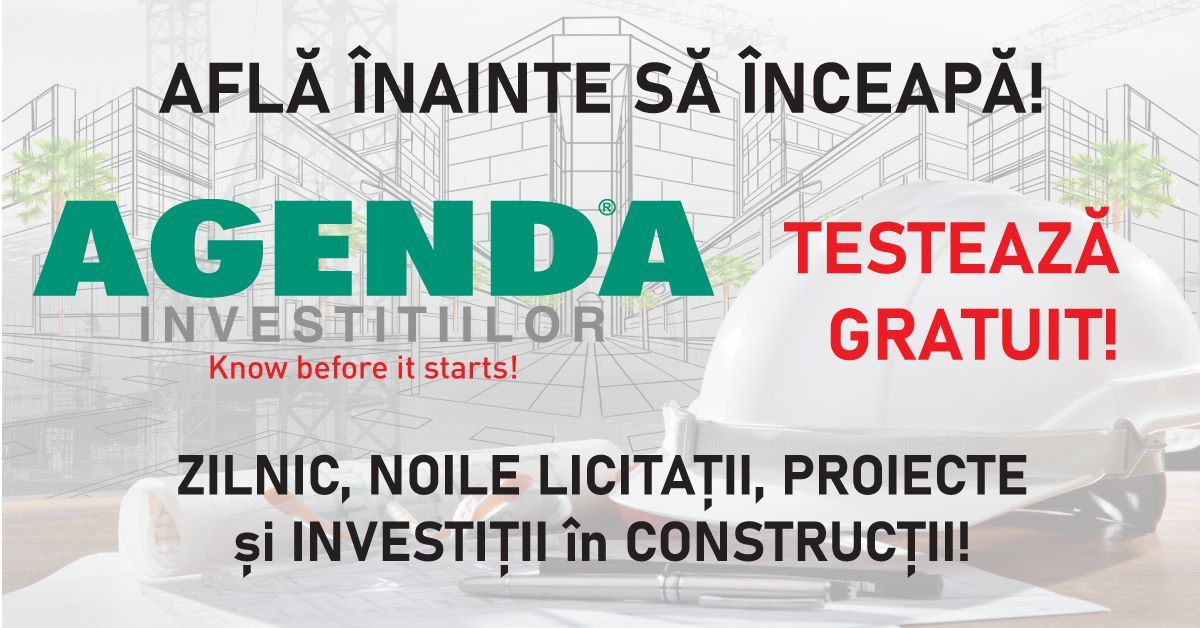 Although not all experts agree on construction solutions proposed by researchers at PHI Darmstadt, some of them claiming the "Spartan" conditions that such a building forcing consumers to adapt, it is clear that the solution developed in Germany corresponds to the idea of sustainable building, with all the requirements that it entails. Eliminating waste of resources does not necessarily imply restrictions in terms of comfort, but rather a mature adjustment to contemporary realities. Founded objections may be made in terms of design, but these elements can be adjusted in the future, especially since the current technological developments allow identifying optimal solutions for each of the difficulties in practice. Active adaptation of renewable resources, using recycled materials, carefully calculating the economic feasibility and optimization in terms of form is just some of the possibilities at for specialists to improve the overall concept. Because of rising prices of the energy obtained by burning fossil fuels, a trend that was faster than the most pessimistic scenarios, the level of energy prices probably will be at an average of 0.08 euro / kWh (as a reference value) in the next years. An obvious option would be nuclear energy, but its share is about 6% of total global consumption. In view of the atomic research institute, to fulfill the target of 450 ppm CO2 emissions would be necessary to open 13 nuclear units each year. Even so, emissions of greenhouse gases would decrease by only 8%. Undoubtedly, renewable energy is the correct alternative for years to come. The potential to improve the efficiency of electricity production is huge, but so far, the adoption of these solutions was achieved gradually and very slowly. Such strategies aim to reduce the risks posed to companies, but involve serious delays in the whole process. A good example for a proper understanding of the phenomenon can be accounted for windows that are designed for use for 30 years - 50 years. The problem is that the model fitted for windows 40 years ago, which, for example, are still functional, but no longer within the limits imposed by current standards in terms of heat transfer. The reasoning can be extended to other materials used in the construction process. For further information and a detailed analysis of the current Agenda Constructiilor issue click here!
Although not all experts agree on construction solutions proposed by researchers at PHI Darmstadt, some of them claiming the "Spartan" conditions that such a building forcing consumers to adapt, it is clear that the solution developed in Germany corresponds to the idea of sustainable building, with all the requirements that it entails. Eliminating waste of resources does not necessarily imply restrictions in terms of comfort, but rather a mature adjustment to contemporary realities. Founded objections may be made in terms of design, but these elements can be adjusted in the future, especially since the current technological developments allow identifying optimal solutions for each of the difficulties in practice. Active adaptation of renewable resources, using recycled materials, carefully calculating the economic feasibility and optimization in terms of form is just some of the possibilities at for specialists to improve the overall concept. Because of rising prices of the energy obtained by burning fossil fuels, a trend that was faster than the most pessimistic scenarios, the level of energy prices probably will be at an average of 0.08 euro / kWh (as a reference value) in the next years. An obvious option would be nuclear energy, but its share is about 6% of total global consumption. In view of the atomic research institute, to fulfill the target of 450 ppm CO2 emissions would be necessary to open 13 nuclear units each year. Even so, emissions of greenhouse gases would decrease by only 8%. Undoubtedly, renewable energy is the correct alternative for years to come. The potential to improve the efficiency of electricity production is huge, but so far, the adoption of these solutions was achieved gradually and very slowly. Such strategies aim to reduce the risks posed to companies, but involve serious delays in the whole process. A good example for a proper understanding of the phenomenon can be accounted for windows that are designed for use for 30 years - 50 years. The problem is that the model fitted for windows 40 years ago, which, for example, are still functional, but no longer within the limits imposed by current standards in terms of heat transfer. The reasoning can be extended to other materials used in the construction process. For further information and a detailed analysis of the current Agenda Constructiilor issue click here!ABONARE REVISTA (click aici): PROIECTE | INVESTITII | REVISTE | INDEX COMPANII
DATE DE CONTACT: Agenda Constructiilor & Fereastra - Tel: 021-336.04.16






